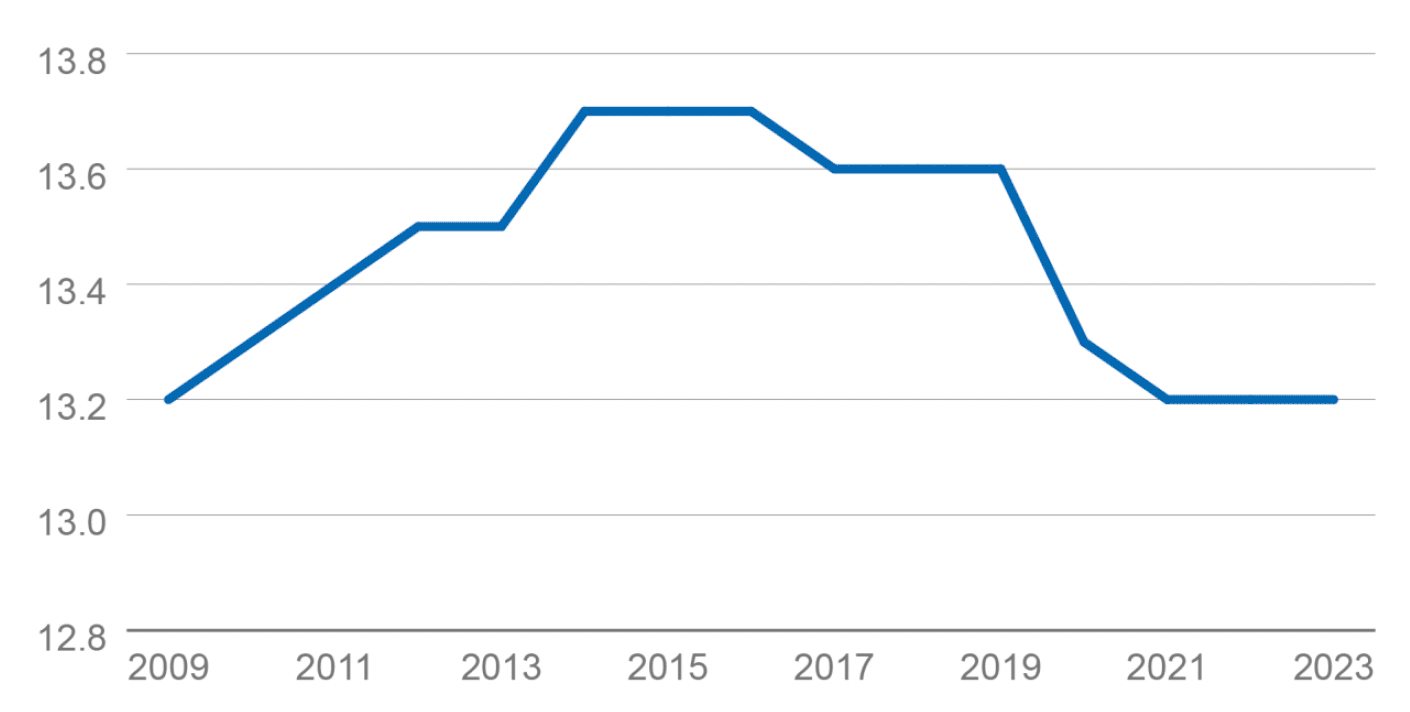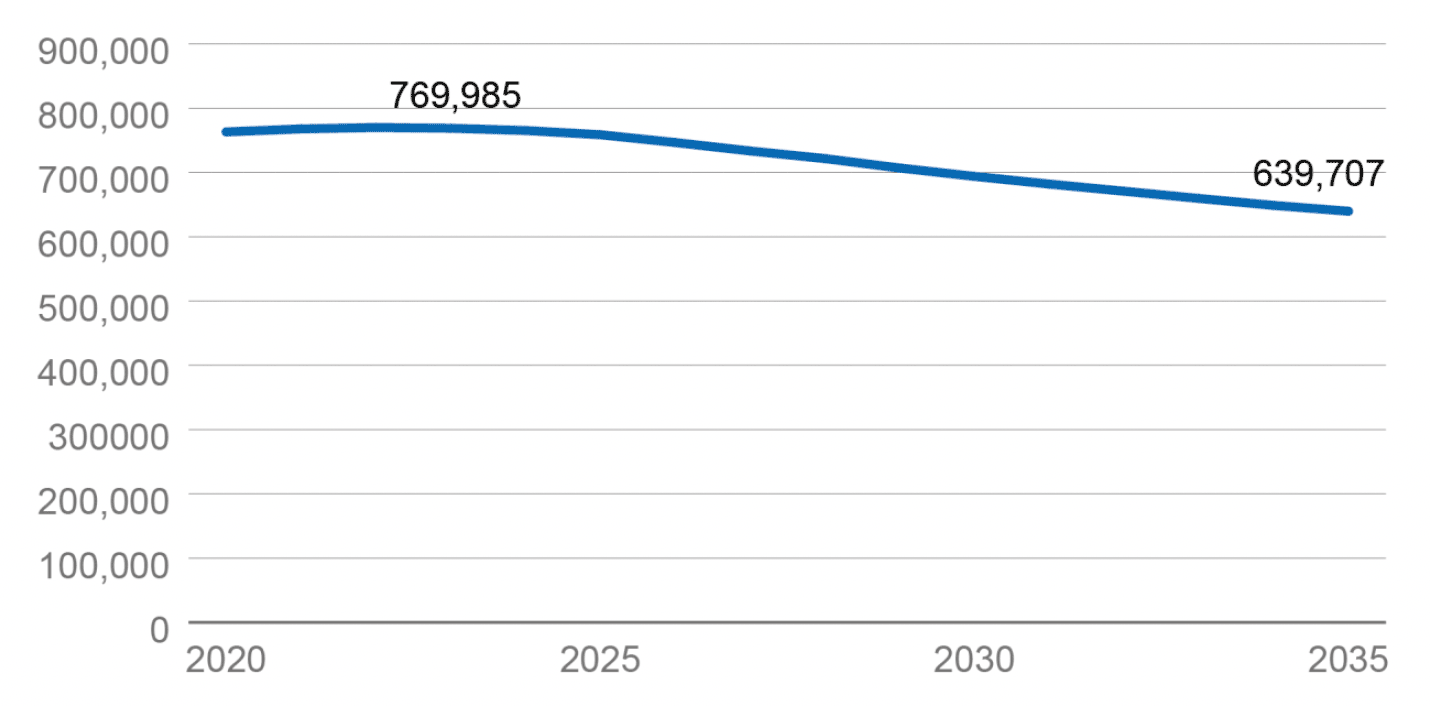Pupil projections and implications for teacher resourcing needs: education workforce modelling and research
An external report considering population projections and potential implications for education workforce resources in Scotland. This independent analysis is intended to support engagement with partners on workforce planning that enables delivery of key commitments while maximising value for money.
2. Introduction
We have been commissioned by the Scottish Government to look at the potential impact of demographic change in Scotland over the next decade, and the implications for pupil projections and the corresponding teacher resourcing needs, as well as to compare Scotland with the rest of the UK and internationally in terms of PTRs and teacher class contact time. This report analyses a range of scenarios encompassing different PTRs, class contact time and trends in teacher stocks. The focus of the analysis is on state schools only. The report aims to provide an independent, objective assessment to inform policy direction and resource allocation in education workforce planning to ensure that teacher supply aligns with future pupil demand. While the main body of this report focusses on the national level, we have undertaken illustrative analysis at the local authority level in the annex.
This analysis comes in the context of the Scottish Government’s commitment in the Programme for Government 2021: “Over the course of the Parliament, we will provide funding to support the recruitment of at least 3,500 teachers and 500 classroom assistants - over and above the 1,400 recruited during the pandemic - with further funding to enable councils to make these posts permanent. This will give teachers the capacity to reduce contact time by an hour and a half a week which they can use to prepare for lessons, raise standards and undertake professional development.”
This work is also set in the context of a challenging financial climate, as set out in the Scottish Government’s Medium-Term Financial Strategy[4] from May 2023: the financial situation facing the Scottish Government continues to be “amongst the most challenging since devolution” with high inflation experienced in recent years expected to have a long-lasting impact on public spending in Scotland.
Meanwhile, the 2023 edition of Summary Statistics for Schools in Scotland shows there are 53,331 full-time equivalent (FTE) teachers (excluding early learning and childcare teachers) in Scotland. Although the number of teachers has fallen slightly for two consecutive years in 2023, the Office for National Statistics’ (ONS) 2020-based interim national population projections suggest that the school-aged population (aged 5-17) peaked at around 770,000 in 2022. The overall PTR in Scotland currently stands at 13.2, the lowest level since 2009. This is also the lowest of any of the UK’s nations, compared with PTRs of 18 in England, 18.4 in Wales and 17.4 in Northern Ireland.

Source: Teacher census, Scottish Government
The school-aged population is expected to continue to fall to around 639,700 by 2035, a decline of around 17% from 2022 (Graph 2.2). In light of this anticipated demographic change, we have built an education workforce model to provide evidence to inform the following questions:
- How does Scotland currently compare internationally in terms of PTR and class contact time?
- How might demographic change affect demand for teacher recruitment?
- What will different scenarios for the size of the teacher workforce mean in the next decade in terms of outputs such as PTRs and class contact time?
- How does the picture change at local authority and subject level? (Covered in the annex.)

Source: Office for National Statistics (ONS)
It should be noted that the aim of this study is not to project the “right” level of teacher supply, as that will be informed by a range of factors, but to provide data-based insights into the implications on teacher resourcing needs in different scenarios specifically as a result of demographic changes.
Furthermore, when interpreting the results, it should be recognised that education quality is affected by various factors beyond the number of teachers, the PTR and class contact time metrics. The use of such indicators in the modelling has the advantage that these metrics are easily quantifiable while also providing broad insight into the distribution of resources and teaching time. However, changes in these alone does not necessarily imply a better or worse quality of education.
Contact
Email: zak.tuck@gov.scot
There is a problem
Thanks for your feedback